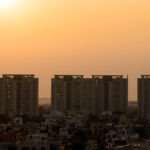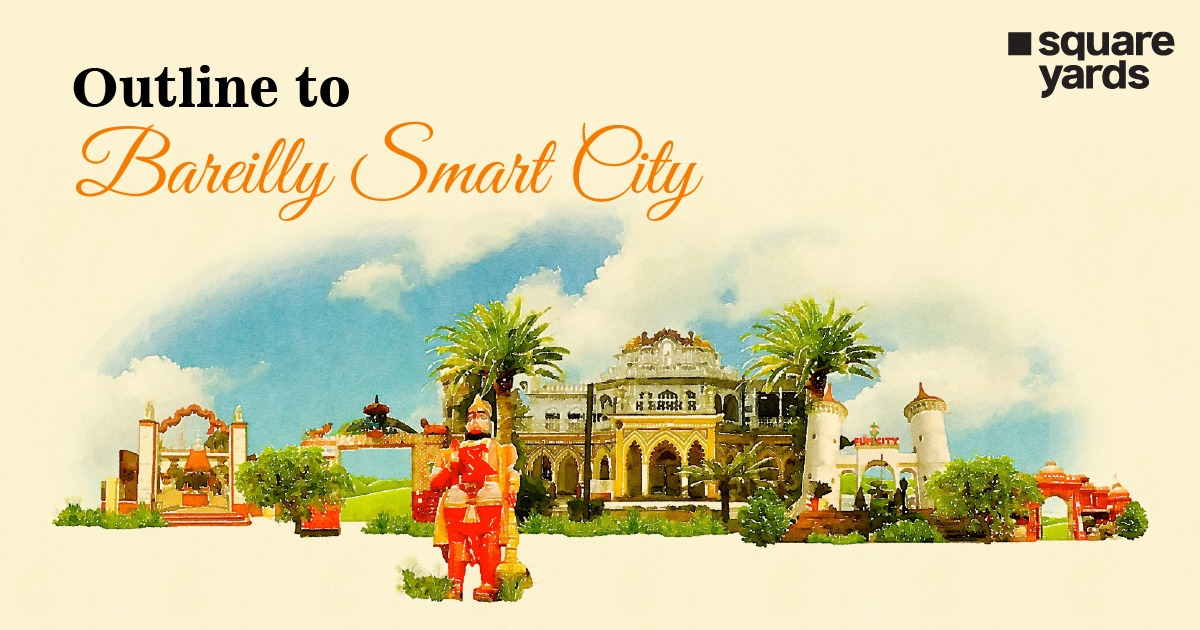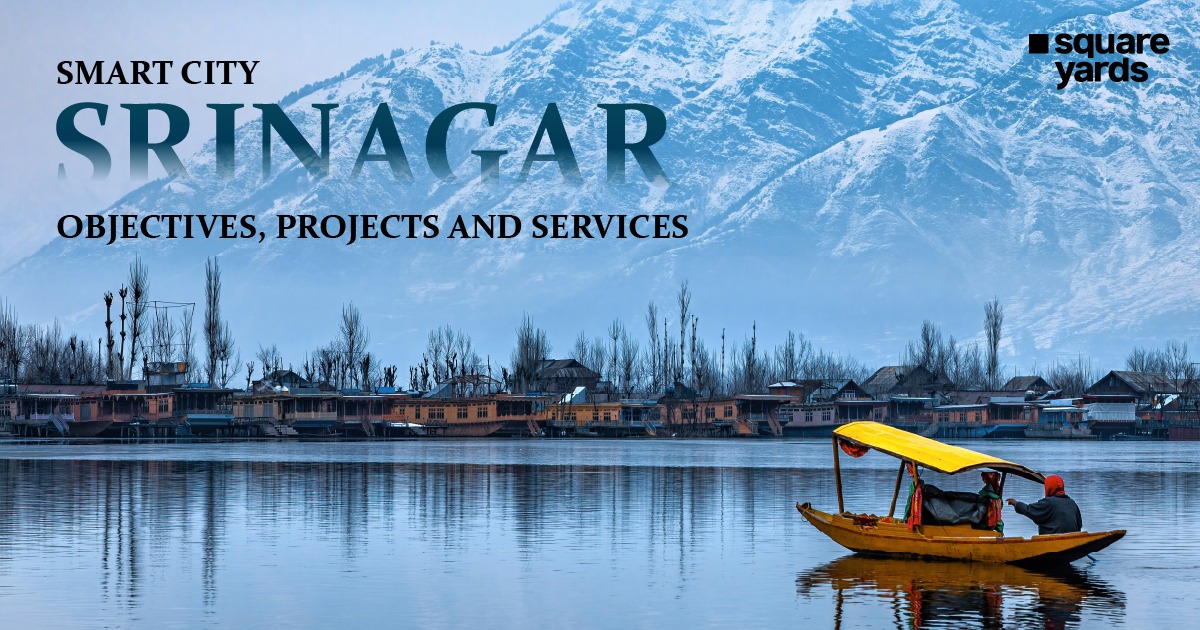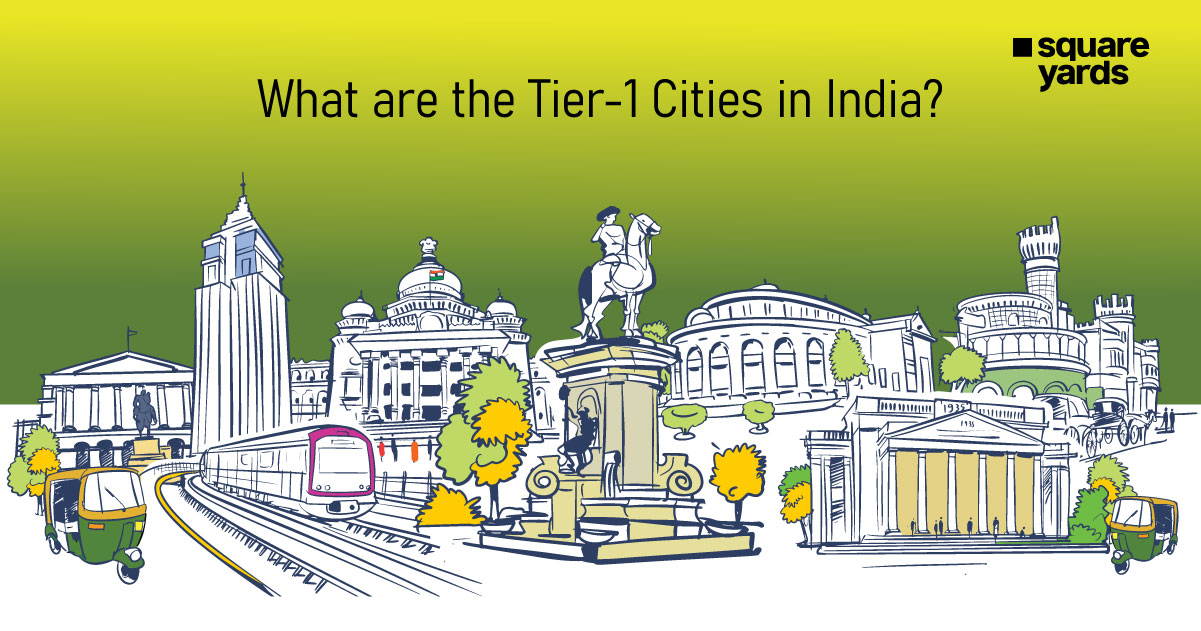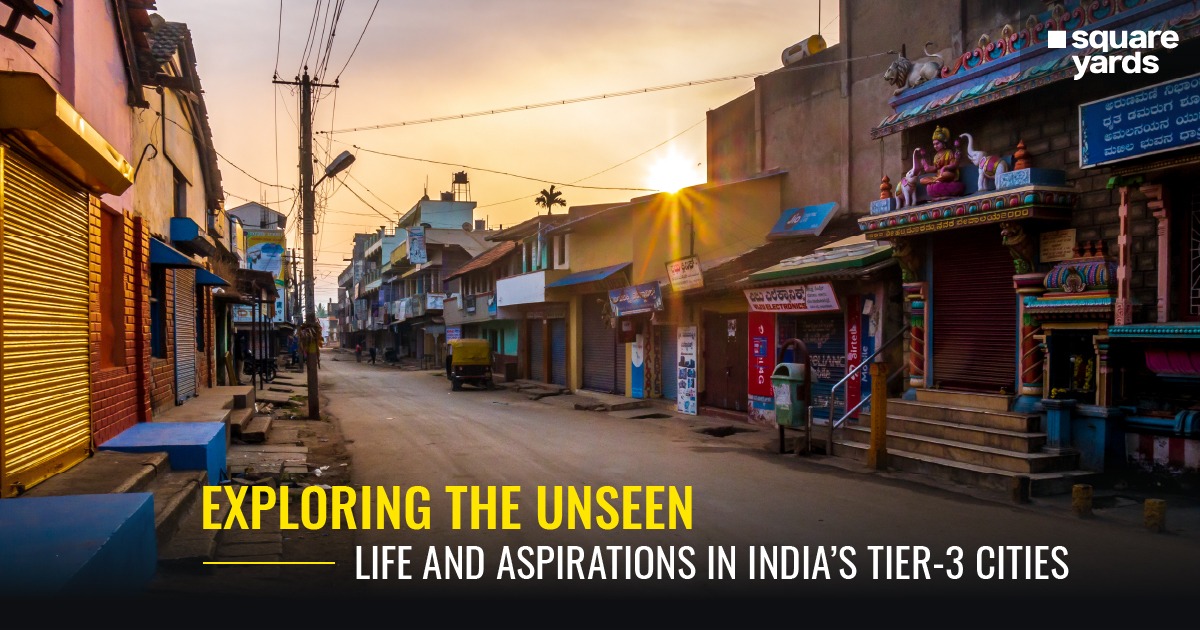From all over India, tourists visit Kolkata to view the spectacular first colonial building which is none other than Writer’s building. Thousands of visitors visit Kolkata’s Writers’ Building every year, lured by its magnificent architecture and design. This building has a Greco-Roman appearance with a portico in the center bay and its sculptures are carved by William Fredric Woodington (in 1883).
Table of contents
History of Writers Building
The Lal Dighi, a magnificent edifice standing tall in the BBD Bagh region (Dalhousie Square) encompassing the whole width of the water body, serves as the administrative building of the State Government of West Bengal. The Writers’ Building is located here.
Governor Warren Hastings proposed the concept of erecting the first three-story structure in former Calcutta under British rule due to the rising demand for a facility to carry out different administrative paper duties. In 1777, East India Company (EIC) clerks moved into this structure, which was designed by Thomas Lyon.
What began as a writer’s residence, earning it the moniker Writers Building, subsequently became an important trade port for the British invaders. The Writers Building began to serve the Bengal government after Calcutta became the capital of British India in the 19th century. There were 19 living sections in the simple building, each with three sets of windows.
The Writers’ Building complex is a masterpiece of traditional European design that began as shanties for the company’s clerical workers and evolved into the apex of British imperial authority in the east. The Writers’ Building became a symbol of bureaucratic authority and red tape, and corruption to the Bengali people.
When British colonial state authority, bureaucratic splendor, lobbying, and corruption were described, this structure regularly appeared in literary works throughout British India and beyond.
Construction
The Writers’ Building was built with a basic construction in mind. In 1776, Thomas Lyon was granted the site of the destroyed St Anne’s church and the surrounding region to create facilities for the East India Company’s junior writers. When Warren Hastings was Governor, Lyon was assigned on behalf of Richard Barwell, a member of the Council. The Writers’ Building is considered to be Calcutta’s first three-story structure. The Company leased these properties from Barwell to offer lodging for the writers.
Fort William College was relocated to this structure in 1800. A lot of structural modifications occurred during the next 20 years. A hostel for 32 students and an exam hall were erected, both of which are still in use today. In addition, a lecture hall and four libraries were built. The college was moved from the Writers’ in 1830, and private persons gained possession of the structure, converting it into living quarters, godowns, and stores.
Lieutenant Governor-General George Campbell was the first to recognize the necessity for a secretariat to expedite the completion of official tasks. The then-Lieutenant Governor of Bengal, Ashley Eden, was ordered to relocate the principal offices of Chowringhee and Sudder Street to Writers’ House. Because the East India Company already occupied a large section of the Writers’, two additional buildings were constructed to address the space issue. The Minerva statue was placed atop the central portico. Originally, Writer’ had a seven-block-long courtyard. All 13 blocks were completed by 1870. The rotunda and five prime blocks of the main block are historic buildings.
The Rotunda part of the structure was finished in 1883, and the Bengal Legislative Council relocated here until 1910. The statue of Minerva stands atop the enormous pediment in the center. Several other statues can be found on the terrace, including four clusters of statues titled “Justice,” “Science,” “Commerce,” and “Agriculture,” with the respective Greek gods and goddesses of these four disciplines – Zeus, Athena, Hermes, and Demeter flanked by a European and an Indian practitioner of these vocations.
With a built-up area of about 550,000 Sq. Ft, the structure has been dubbed a mini-township. Before the relocation of the state secretariat, the building contained 34 departments and other state government offices, employing roughly 6,000 people.
Value
Many wonder about the monetary value of the Writer’s Building. The entire facility covers around 10 acreages of land or 4,35,600 Sq. Ft commercial land in the prestigious Benoy-Badal-Dinesh Bagh office neighbourhood that costs between ₹14k and ₹15k per Sq. Ft on average. Assuming a price of ₹15,000 per Sq. Ft for this ancient property, the total comes to ₹653 crores and 40 lakhs. The value is likely to be significantly greater when considering the structure’s legacy and archival significance.
Renovation
The structure was renovated in late 2013 at a total cost of 2 billion (US$28 million). To make this possible, the state Secretariat and Chief Minister’s office were temporarily relocated to Nabanna, an abandoned skyscraper in Howrah held by the Hooghly River Bridge Commissioners Office.
The project was put on hold in February 2014 when conservationists and the state Public Works Department deemed the design presented by an architect company inadequate. Meanwhile, before the rehabilitation could begin, a team of architects from Jadavpur University and the Indian Institute of Engineering Science and Technology, Shibpur, was called to undertake tests on the building.
The Indian National Trust for Art and Cultural Heritage was also involved in the renovations (INTACH). Before proposing a comprehensive plan in late 2015, the team sought talks with historic conservationists from countries such as Australia and Germany. However, due to government indecision and bureaucratic red tape, construction on the ground had yet to begin by mid-2016.
Before the East-West Metro Tunnel, which is part of the Kolkata Metro’s expansion, was excavated past the building in November 2017, engineers had to strengthen it. As of the end of 2018, tenders for civil engineering work on various portions of the main structure were being launched.
Writer’s Building Library
The West Bengal Secretariat Library, located in Kolkata’s Writers’ Buildings, is one of the state’s oldest and biggest libraries. It has historical and cultural importance. The library contains a large collection of literature ranging from the British era to the present day. Some of them are quite uncommon. In 1867, the West Bengal Secretariat Library, formerly known as the “Bengal Secretariat Library,” was founded. It was once linked with the Bengal Secretariat and was relocated to many locations in Kolkata (then Calcutta) with the “Bengal Secretariat.”
Since 1921, this library has been under the administrative jurisdiction of the Bengal Government of undivided India’s Education Department. It was taken over by the Chief Minister’s Secretariat in 1945. After the United States gained independence on August 15, 1947, this library was transferred to the Home Department’s Writers’ Buildings, where it remains today. Dr Bidhan Chandra Ray, the then-Hon’ble Chief Minister of West Bengal, took the initiative to build and renovate the library.
Dr. B.C. Roy opened the library on the ground level of the Writers’ Buildings’ F- Block on June 9, 1961. The West Bengal Secretariat Library includes a collection of works from the 18th and 19th centuries, mainly in English.
This library houses around 2 lakh volumes, with 60,000 classified as rare, ancient, worn-out, or fragile.
The Library’s Main Holdings
The following are the key characteristics of the WBSL holding:
- Reports on General Administration from the mid-nineteenth century.
- Annual reports on the activities of the various government agencies.
- Debates in the legislature.
- Acts, Rules, and Manuals.
- Since 1845, there has been a civil list.
- Report of the Committee and the Commission.
- Since 1881, there have been census reports.
- From 1874 through 1898, reports on publications registered in India and other regions.
Development and Modernization
The Secretariat Library did not receive much attention from the authorities in terms of development and modernization from 1961 to 2010. However, in 2011, the Secretariat Library received an upgrade with the addition of a computer lab with LAN and Internet access. Following that, the Secretariat Library embarked on a digitization and lamination project with the help of the National Archives of India and the State Government. The project is now complete, with 3000 volumes and 12500 million pages completely scanned.
Interesting Facts
- The Writers’ Building is regarded as Kolkata’s first three-story structure.
- The West Bengal State Government’s Secretariat is housed at the Writers’ Building.
- The West Bengal Chief Minister’s office is also located in the Writers’ Building.
- The Authors’ Building was originally home to Fort William College, which educated younger writers in Oriental languages.
- Three legendary liberation warriors, Benoy Basu, Dinesh Gupta and Badal Gupta, dressed in European clothing, invaded the Writers’ Building on December 8, 1930. They assassinated the notorious Inspector General of Police, Colonel N.S. Simpson mercilessly tormented the imprisoned inmates. They murdered Simpson, and when he refused to submit, Badal killed himself with potassium cyanide while Benoy and Dinesh shot themselves.
- Even though the area’s name has changed throughout time, the Writer’s Building has retained its original name. Originally named Tank Square, it was renamed Dalhousie Square in honour of India’s then-governor general and later BBD Bagh in honour of the three independence fighters who assassinated a British colonel in 1930.
- Extensions eventually resulted in the establishment of 13 linked blocks.
- Mamata Banerjee, West Bengal’s current chief minister, rose to notoriety in 1993 after her protest march to the landmark Writer’s Building was openly fired on by the police.
- The building is now being repaired as a result of her work, and several new blocks may be destroyed in the future.
- The statue of Minerva was erected atop the Writers’ Building’s central portico.
- With over 3,000 out of 4,500 workers, the chief minister has already relocated to Nabanna in Howrah, across the Hooghly River.
Conclusion
The Writer’s Building is the administrative and political birthplace of Kolkata and West Bengal, closely tied to the city’s historical progression and power corridors throughout the years. Even though it is undergoing repair and is now disused, the structure retains its magnificence and overpowering sentimentality, which is not only associated with its renowned days but also with the time period in which it was built.
You Might Also Like
Frequently Asked Questions (FAQ’s)
What is the significance of the name Writers Building?
The Writers’ Building was constructed in 1777 to house the East India Company’s subordinate staff, or ‘writers,’ as they were known. BBD Bagh, Kolkata’s core business sector (and the location of Writers’ Building), takes its name from the names of these independence warriors.
Who designed and constructed the Writers Building?
The Writers’ Building was designed by Thomas Lyon in 1777, however, it has seen a long sequence of additions over the decades.
The Writer's Building was commissioned by who?
Warren Hastings oversaw and commissioned the construction.
What are the entry fees and visiting hours of the Writer's Building?
Hours of operation: The Writer’s building is open 24 hours a day. It is not necessary to visit at a specific time. Tourists other than staff are not permitted to enter the main structure; however, visitors can see the facility from the outside. There is no admission cost to enter the Writer’s Building.
























